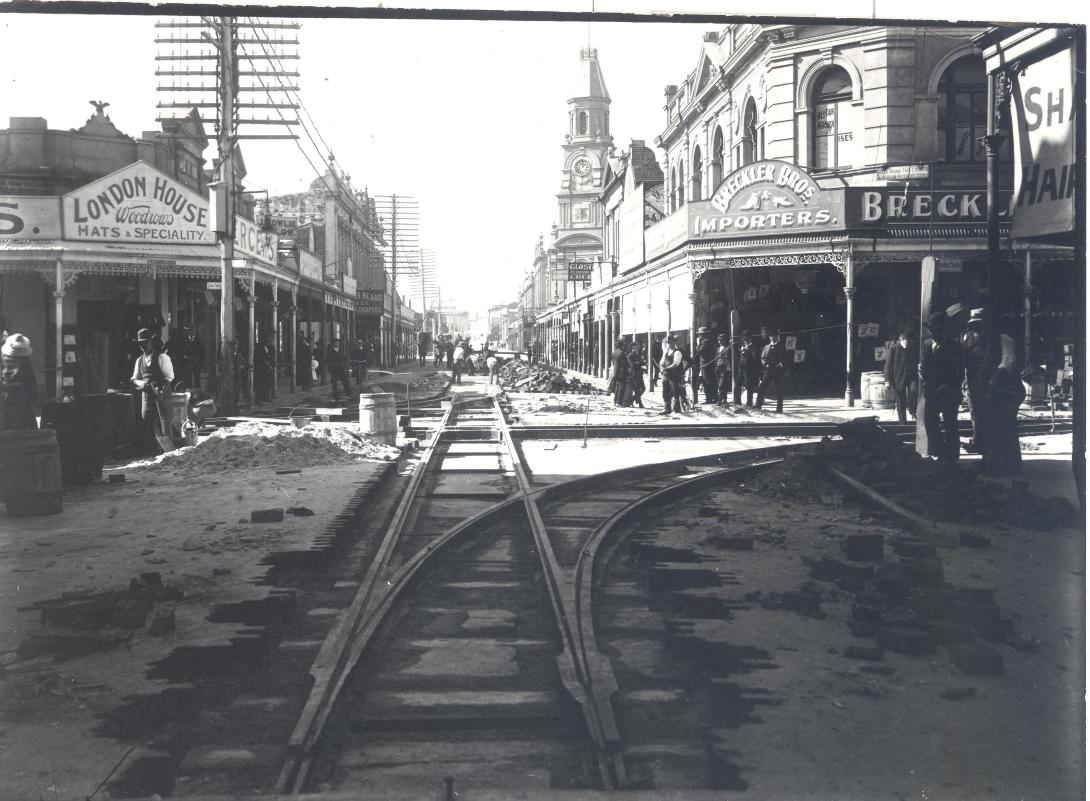
Jarrah Paving Blocks
Look down at what you are walking on.
You are now standing in the Hartog to de Vlamingh Gallery, which is also known as the ‘Woodblock Gallery’. Why you might ask? Well, just look down. Many visitors think that the paving in here is stone. It is actually Jarrah, Eucalyptus marginata, one of WA’s most important forest trees. It was used by Aboriginal Australians for tough, hard-wearing implements such as bowls, spears, spear throwers, shields, boomerangs and… well, you get the picture.
From the early days of European settlement, it was realized that this tough, durable, beautiful timber was useful for dozens of purposes.
The ship Success that James Stirling, the Colony's first governor, sailed out to WA on an exploratory voyage in 1827, returned a few years later and was badly damaged. The ship was repaired using the newly discovered Swan River Mahogany (Jarrah). Returning to England in 1831 to be broken up, it was discovered that the repairs were so good the ship remained in service for another 18 years. The Admiralty, impressed with the Jarrah, put in an order for 200 loads, but there was no infrastructure in the Colony for such a large amount of timber to be cut down and shipped to England, and an early opportunity for export income was lost.
More of this story can be discovered in the WA Museum at Work Gallery.
Logging Jarrah forests in south-west Western Australia in the 1840s produced timber for many construction projects. A large amount was exported to the United Kingdom, where it was cut into blocks and covered with asphalt for roads.
Most of that paving has disappeared but here, in the WA Shipwreck Museum, you will find that several of its gallery floors are still paved with jarrah blocks which show hardly any wear, even though they were laid over 100 years ago.

Fremantle streets paved with Jarrah blocks in 1905.
Credit: Royal Western Australian Historical Society, P1999.1773

Gallery paved with Jarrah blocks.
Credit: WA Museum